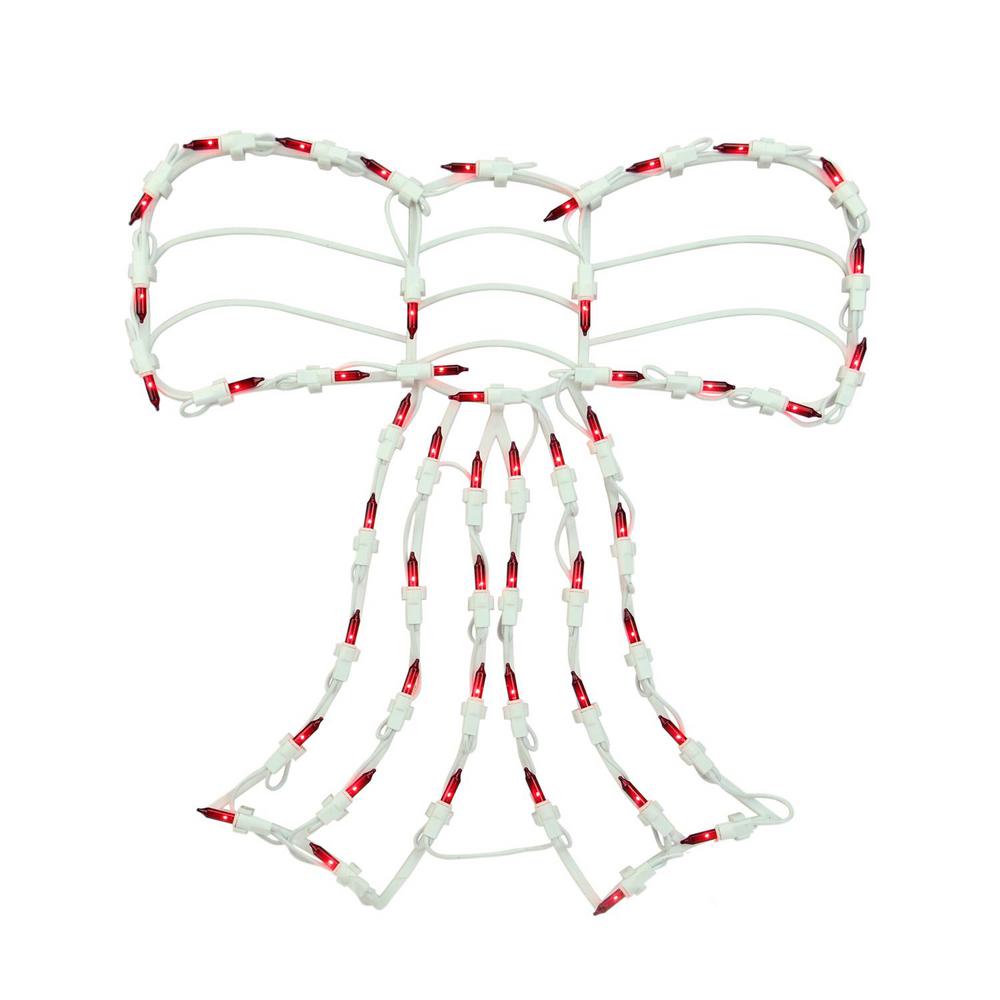Table of Content
The addition of an audio transformer in the electric passage of the subwoofer is an excellent solution. It identifies the signals and then converts them to the required information. In the absence of these devices in the ground connection directly produces a buzzing sound. It is a repairable issue, and you can also consult with an expert person to discard the buzz.
Make sure it is metallic, and then attach the other end with the ground connection of metallic nature. Check the quality and humming of sound and then make further repairs. They cannot differentiate between the combining of the electric signals. Also, the power cord of the subwoofer competes with the others.
Home Theater Forum
The trick is that one needs all of the grounds on all of the gear to have the same potential. Beyond that, if your home wiring has serious grounding issues, you may need the aid of an electrician. Normally, it occurs when the sub is connected to a receiver, causing cable TV connections.

Uncluttering the electric wire bundles is one of the best ways to resolve these problems. Also, consider the use of these tools with excellent insulations. Finally, restrict the interference of electric fields and fix the problem. The space declines for these electric passages, and the surrounding field interferes. There are no apparent signs of this issue, but it occurs with time.
How to Fix Subwoofer Hum
All of these components produce deep bass and high output for its compact size. It’s a big, chunky unit with seamless curved edges that delivers rich, bumping sound. It has a modern flair that can blend in well with any decor. It sets itself apart from other speakers because its designed to be seen and heard.
If you don’t reach an extension wall, then separate it with your sound system, make use of the extension cord. This is another major cause of humming in the subwoofer, which is not connected. To confirm if this is the cause, you need to look at whether at least two devices are connected to a common ground through different paths. Moreover, it is of importance to know that ground loop is rare if you eliminate all inputs. A ground loop of this subwoofer is one of the problems in generating the buzzing sound. It happens due to the connection of these tools with the ground electric power.
Signal interference
Unheard of reference subwoofer performance for the price and also for its compact size differentiate the... The legacy of making great sound accessible for all continues in the Polk Audio HTS 12 subwoofer. It’s a shoe-in in terms of value, functionality, and compatibility. With its low-frequency tones, it can add dimension, depth, and feeling to what you hear. Gary Altunian was a freelance contributor to Lifewire and industry veteran in consumer electronics.
You can electrically decouple the cable TV feed from your system with a ground breaking transformer. Be advised that many newer, digital cable TV systems require any device in the signal chain to pass a full 1,000 Mhz. Some of the older ground break transformers will not do this. Be sure to check the specifications of whatever device you are purchasing to verify it will pass the digital cable TV signal. Moreover, when it produces a humming sound when not connected, you ought to act faster and fix it because something is wrong. In most cases, people troubleshoot by unplugging all the input devices, for instance, an amp or AV receiver, to check if any of them is damaged.
Top Subwoofers for a Home Theater
If the hum persists, and your system includes a cable TV, disconnect the cable line. If the hum stops, install an isolation transformer on the cable. Because of limited space, you may not stop the interference of the electric fields; upgrade the audio cables. Once you notice one of your prongs is wide, this confirms a problem with your power plug orientation. To fix it, change the connection polarity of the subwoofer.
LC-1 Audio Cable, stripped to show double braid shieldingShielding, too, plays a role in dealing with induced noise. But it isn't necessary to connect the grounds on both sides, and when this connection is omitted, we get an "isolation" transformer which isolates ground on one side from ground on the other. Now, there's no path through which current can flow to resolve the difference in ground potential between the two devices, and voila! During troubleshooting, if you realize that audio and power cables are clustered, this could have been caused by a subwoofer hum. The proximity can make the signals mix up hence causing the humming. In this case, you should increase the space in which the fields that the currents move don’t interfere with each other hence fixing the noise.
To get rid of hum without having to throw out some of the desired audio at the same time, we need to start by understanding what the various possible causes are. When components share the same source, such as a power strip or surge protector, the culprit may not be the subwoofer. One by one, reverse the orientation of the other plugs to see if it makes a difference. Enjoy the high sound quality with these small fixing techniques. There is no need to change the wiring and other surrounding equipment. Detachment of multiple devices also provides one identifiable part for the sound tools.
In this case, the isolation transformer, or any power conditioner or UPS with an isolation transformer will have absolutely no affect on the grounding problem. If the noise is from your projector, TV, or monitor, it is most likely caused because the video display device is plugged into a different outlet than the other a/v equipment. That is, the resistance to ground is different on each circuit. A difference in resistance to ground from one ground point to another can cause the dreaded ground loop. If you get a ground loop, current flows between the two components. If the current flows through the components internal audio signal ground, you will get a hum.
Either way, you can correct the situation without resorting to filtering out the noise, which also strips out audio signals. Usually, all it takes is a change in the way the subwoofer connects to power. The amplifier also damages due to changed setting conditions and alternative port connectivity. In addition, the resistance and high voltage of electric current can generate issues of a home theater amplifier. The leakage of the power supply occurs in the linked devices of the subwoofer.

Additionally, you can adjust the phasing to get the most balanced sound profile and make sure your speakers and subwoofer sound are in sync and not competing with each other during playback. The main thing to remember is this is a down-firing subwoofer. It requires a bit of placement magic to deliver the goods. For example, thick carpet underneath will absorb its powerful bass. SLIM HOME THEATER POWERED SUBWOOFER - Standard RCA inputs easily connect to your home theater receivers... The back panel allows for nuanced settings and compatibility with most sound systems.
Paul W. Klipsch created his first speaker design in the late ‘30s. By 1945, he was selling his speakers out of a tin shed in Hope, Arkansas. Today, the family-owned company sells sound equipment all across the US. It has a built-in 200-watt amplifier so you can hear the kick drums better. Polk Audio’s power port technology minimizes distortion to provide a full-bodied experience of low tones and bass.


















